Home>Furniture & Design>Outdoor Furniture>What Size Gas Line For Outdoor Fire Pit
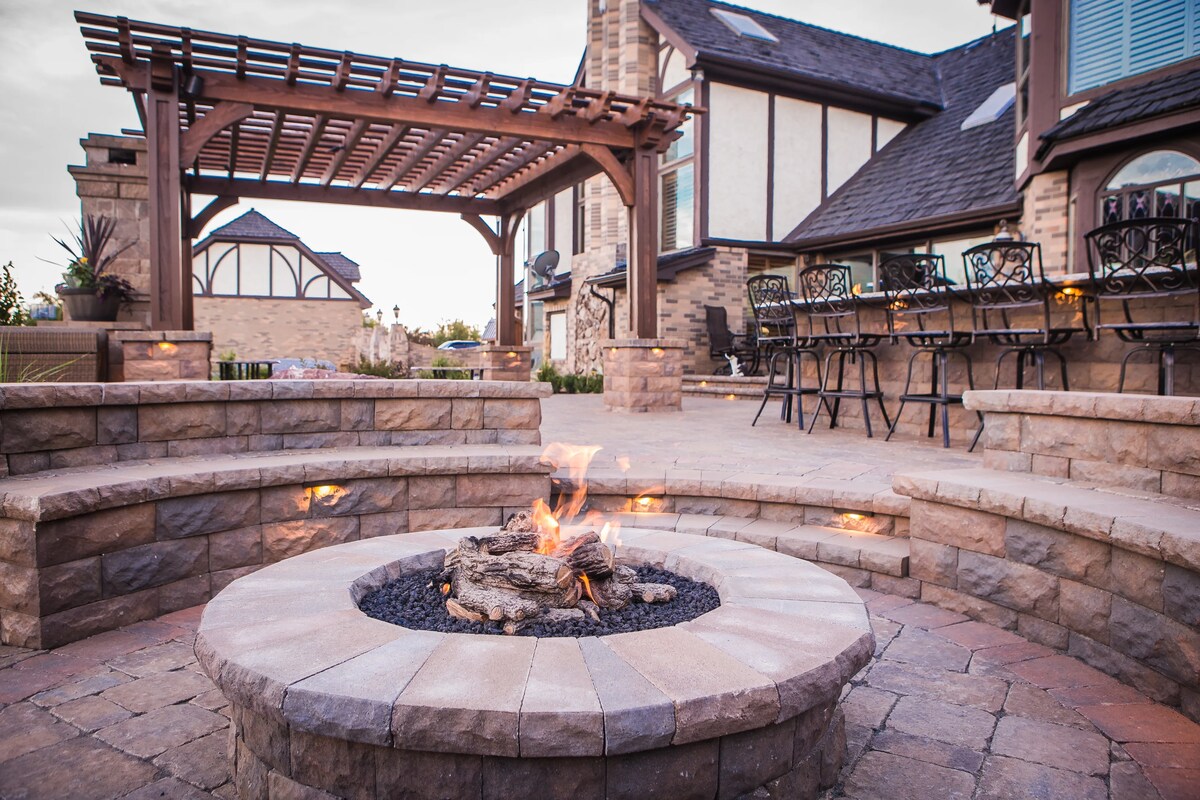

Outdoor Furniture
What Size Gas Line For Outdoor Fire Pit
Modified: August 28, 2024
Find the right gas line size for your outdoor fire pit with our expert guide. Get the best outdoor furniture and design tips for your space.
(Many of the links in this article redirect to a specific reviewed product. Your purchase of these products through affiliate links helps to generate commission for Storables.com, at no extra cost. Learn more)
**
Introduction
**
When it comes to enhancing outdoor spaces, few elements can match the allure of a well-designed fire pit. Whether it's for hosting cozy gatherings with loved ones or simply unwinding in the open air, a fire pit can be a captivating focal point in any outdoor setting. Many homeowners opt for gas fire pits due to their convenience, cleanliness, and ease of use. However, determining the appropriate gas line size for an outdoor fire pit is crucial to ensure optimal performance and safety.
In this comprehensive guide, we will delve into the essential factors to consider when sizing a gas line for an outdoor fire pit. From understanding the specific requirements of your fire pit to calculating the ideal gas line size, we will cover everything you need to know to make an informed decision. So, let's embark on this journey to unravel the intricacies of gas line sizing for outdoor fire pits and pave the way for a delightful outdoor ambiance.
Key Takeaways:
- Proper gas line sizing for outdoor fire pits is crucial for performance and safety. Factors like fire pit size, BTU rating, and gas pressure must be considered to ensure efficient fuel delivery and consistent flame characteristics.
- Calculating the gas line size involves assessing total gas load, consulting sizing charts, and factoring in pipe length and pressure drop. Professional expertise is essential for accurate sizing, ensuring a well-calibrated gas system that meets the fire pit’s demands.
Read more: How To Run A Gas Line To A Fire Pit
Factors to Consider
Before delving into the technical aspects of gas line sizing, it’s vital to consider several key factors that can significantly influence the requirements for your outdoor fire pit.
- Fire Pit Size: The dimensions of your fire pit play a pivotal role in determining the appropriate gas line size. Larger fire pits generally necessitate higher gas flow rates, requiring a correspondingly larger gas line to ensure efficient fuel delivery.
- BTU Rating: The British Thermal Unit (BTU) rating of your fire pit is a crucial factor in gas line sizing. The BTU rating indicates the heat output of the fire pit, and a higher BTU rating necessitates a larger gas line to accommodate the increased fuel demand.
- Gas Pressure: Understanding the gas pressure available at your property is essential. The gas pressure directly impacts the flow rate and, consequently, the required gas line size. It’s imperative to assess the gas pressure to determine the appropriate gas line diameter for optimal performance.
- Distance from Gas Source: The distance between the gas source (such as a propane tank or natural gas line) and the fire pit is a critical consideration. Longer distances necessitate larger-diameter gas lines to mitigate pressure drops and ensure consistent fuel delivery.
- Elevation: If your property is situated at a high elevation, the atmospheric pressure is lower, which can affect gas combustion and flow rates. Factoring in the elevation is essential for accurately sizing the gas line to compensate for these variations.
- Future Expansion: Anticipating potential expansions or additions to your outdoor gas appliances is prudent. If you plan to incorporate additional gas features in the future, considering these potential upgrades can influence the gas line sizing to accommodate the collective gas demand.
By carefully evaluating these factors, you can gain valuable insights into the specific requirements of your outdoor fire pit, laying the groundwork for an informed approach to gas line sizing.
Gas Line Sizing
Gas line sizing is a critical aspect of designing and installing a gas system for an outdoor fire pit. The size of the gas line directly impacts the flow rate, ensuring that the fire pit receives an adequate supply of fuel to sustain the desired flame and heat output. Proper gas line sizing is essential for optimizing performance, safety, and the overall functionality of the fire pit.
When determining the gas line size for an outdoor fire pit, it’s essential to adhere to industry standards and local building codes. These regulations provide guidelines for gas line sizing based on factors such as gas type (natural gas or propane), pressure ratings, pipe material, and the specific application, ensuring compliance with safety and performance requirements.
Moreover, selecting the appropriate gas line size involves considering the total gas load, which encompasses the cumulative demand from all gas appliances connected to the system. By factoring in the BTU ratings of the fire pit and any other gas appliances, the gas line size can be tailored to accommodate the collective gas demand while maintaining optimal flow rates and pressure levels.
Furthermore, the gas line size directly influences the pressure drop along the length of the pipe. A properly sized gas line minimizes pressure drop, ensuring consistent gas flow and preventing performance issues such as reduced flame height or inefficient combustion. By adhering to recommended sizing guidelines, the gas line can effectively deliver the required fuel volume to the fire pit, promoting reliable operation and consistent flame characteristics.
It’s important to note that gas line sizing should be undertaken by qualified professionals with expertise in gas system design and installation. Engaging licensed professionals ensures that the gas line is sized and installed in accordance with applicable regulations and best practices, mitigating potential safety hazards and performance deficiencies.
By understanding the significance of gas line sizing and engaging experienced professionals, homeowners can achieve a well-calibrated gas system that meets the specific demands of their outdoor fire pit, fostering a captivating and inviting outdoor environment.
When determining the size of the gas line for an outdoor fire pit, it’s important to consider the BTU (British Thermal Unit) rating of the fire pit and the distance from the gas source. A higher BTU rating and longer distance will require a larger gas line to ensure proper fuel supply.
Calculating Gas Line Size
Accurately calculating the gas line size for an outdoor fire pit involves a systematic approach that considers various parameters to ensure optimal performance and safety. The following steps outline the fundamental considerations in determining the appropriate gas line size:
- Determine Total Gas Load: Begin by assessing the total gas load, encompassing the BTU ratings of the fire pit and any other gas appliances connected to the system. Summing the individual BTU ratings provides the cumulative gas demand, serving as a foundational metric for sizing the gas line.
- Consult Sizing Charts: Utilize industry-standard sizing charts or tables provided by gas equipment manufacturers and regulatory bodies. These resources offer guidelines for gas line sizing based on factors such as gas type, pressure ratings, pipe material, and the total gas load, facilitating the selection of an appropriate gas line diameter.
- Factor in Pipe Length and Pressure Drop: Consider the length of the gas line from the source to the fire pit, as well as any potential elevation differentials. Longer pipe lengths and elevation differentials can contribute to pressure drops, necessitating larger-diameter gas lines to mitigate these effects and maintain consistent gas flow.
- Account for Future Expansion: Anticipate potential expansions or additions to the gas system, including additional appliances or fire features. Factoring in future gas loads enables the sizing of the gas line to accommodate potential upgrades, promoting flexibility and scalability in the gas system design.
- Engage Professional Expertise: Given the technical nuances and safety considerations associated with gas line sizing, it is advisable to seek the expertise of licensed professionals with experience in gas system design and installation. Professional guidance ensures that the gas line size is accurately determined, aligning with regulatory requirements and best practices.
By meticulously following these steps and leveraging professional insight, homeowners can navigate the complexities of gas line sizing with confidence, culminating in a well-calibrated gas system that optimally supports the performance and functionality of their outdoor fire pit.
Conclusion
As the focal point of outdoor gatherings and a source of warmth and ambiance, an outdoor fire pit holds immense appeal for homeowners seeking to elevate their outdoor living spaces. When integrating a gas fire pit into your outdoor environment, the proper sizing of the gas line emerges as a pivotal consideration, directly influencing the performance, safety, and overall enjoyment of the fire feature.
By meticulously evaluating factors such as fire pit size, BTU rating, gas pressure, distance from the gas source, elevation, and potential expansions, homeowners can gain a comprehensive understanding of the specific requirements for sizing the gas line. This conscientious approach sets the stage for a well-informed and tailored gas system that aligns with the demands of the outdoor fire pit, ensuring consistent and reliable performance.
Furthermore, the intricacies of gas line sizing underscore the importance of adhering to industry standards, local building codes, and safety regulations. Engaging licensed professionals with expertise in gas system design and installation is paramount, as their specialized knowledge and experience are instrumental in accurately determining the appropriate gas line size and implementing the gas system with precision and compliance.
Ultimately, the successful sizing of the gas line for an outdoor fire pit hinges on a holistic understanding of the fire pit’s specifications, the gas load, and the nuances of gas system design. By approaching gas line sizing with meticulous attention to detail and professional guidance, homeowners can establish a robust and efficient gas system that harmoniously supports the allure and functionality of their outdoor fire pit, fostering memorable moments and captivating experiences in their outdoor sanctuary.
Frequently Asked Questions about What Size Gas Line For Outdoor Fire Pit
Was this page helpful?
At Storables.com, we guarantee accurate and reliable information. Our content, validated by Expert Board Contributors, is crafted following stringent Editorial Policies. We're committed to providing you with well-researched, expert-backed insights for all your informational needs.
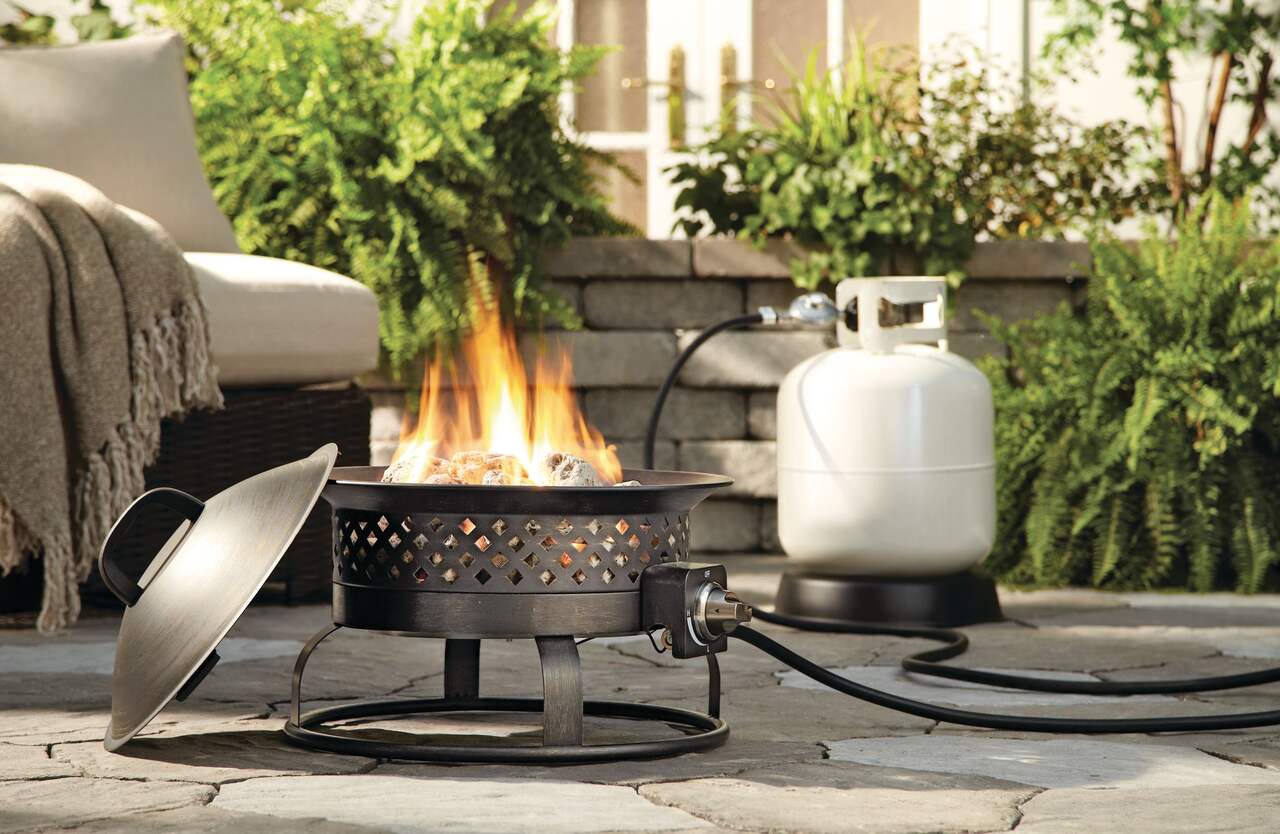
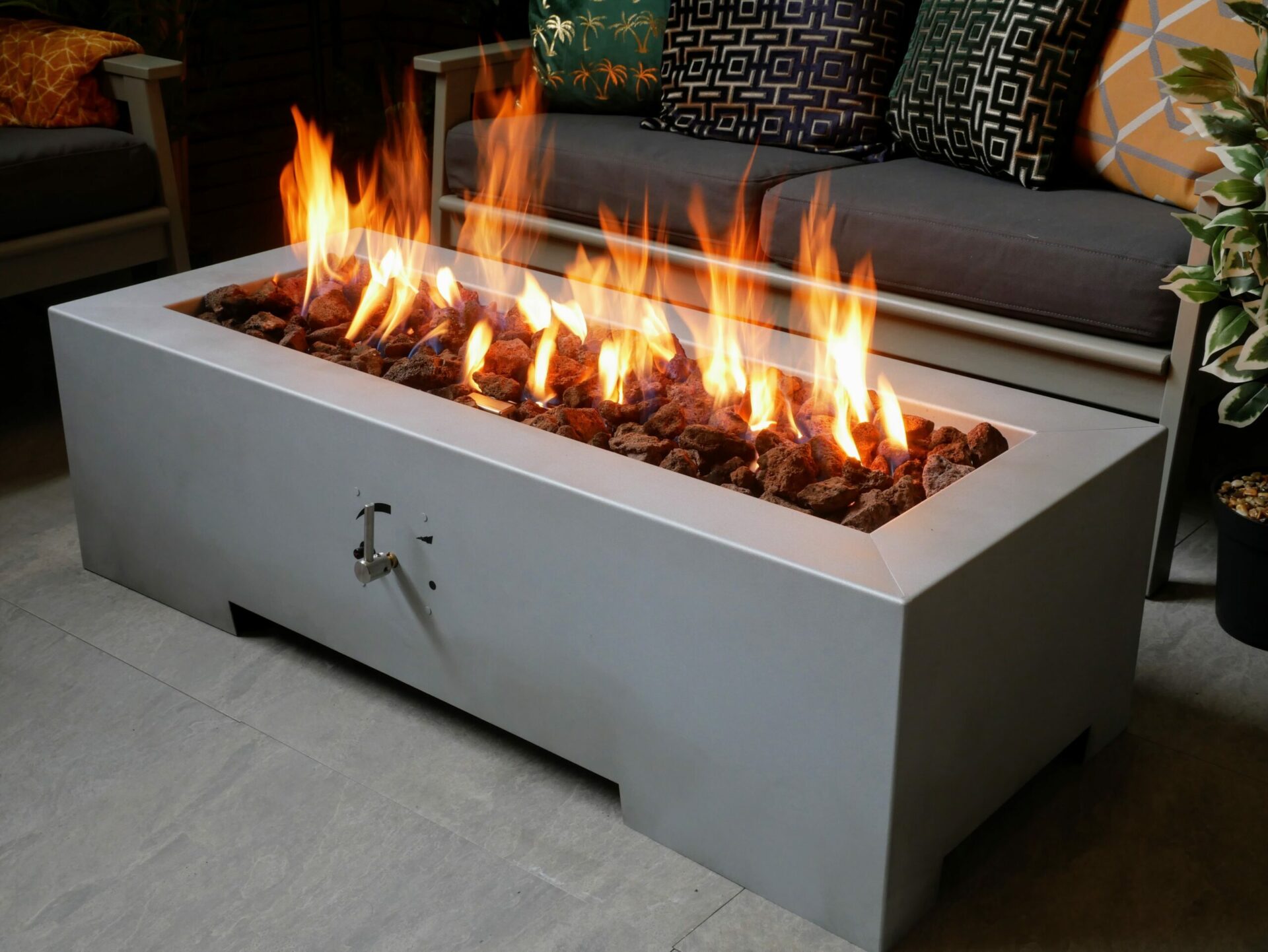
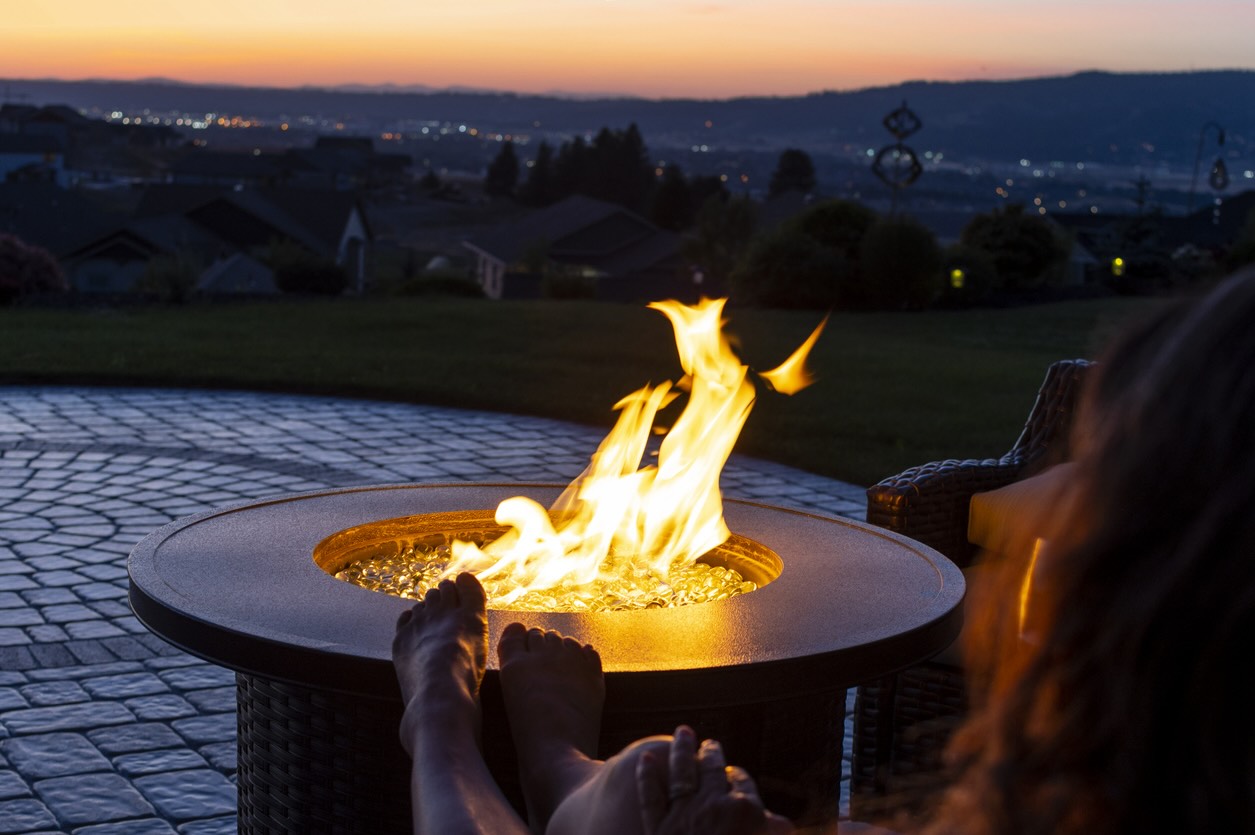
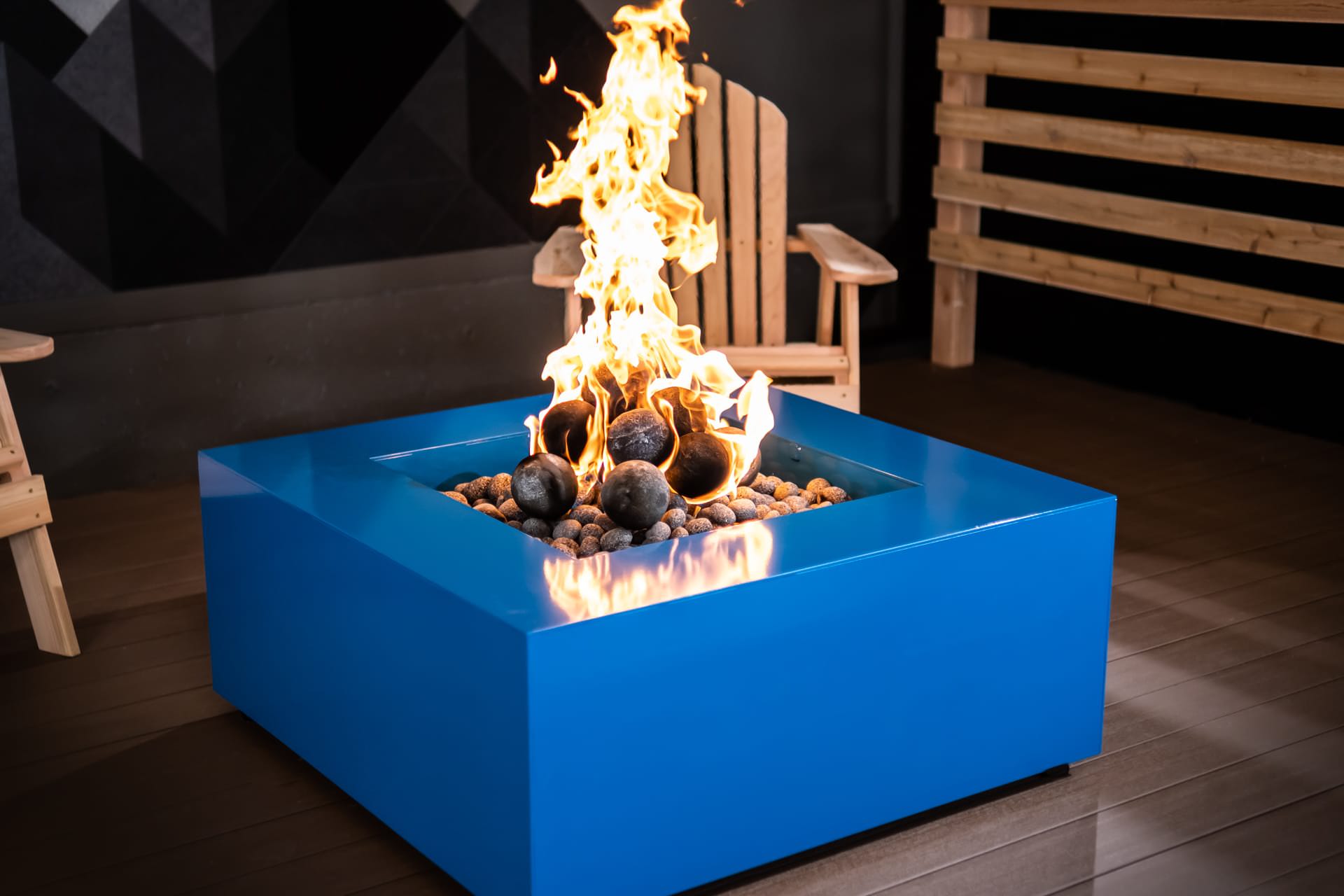
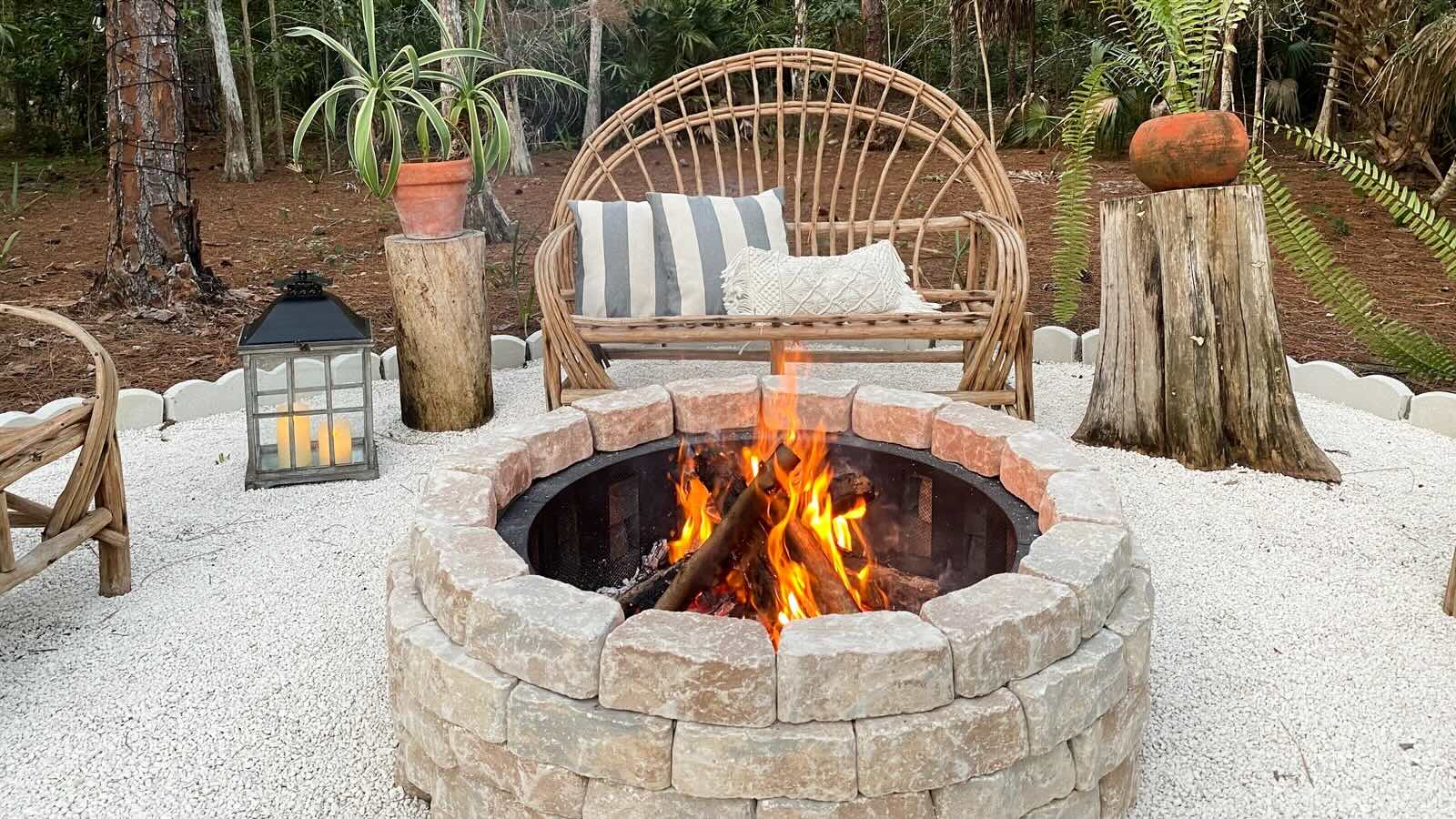
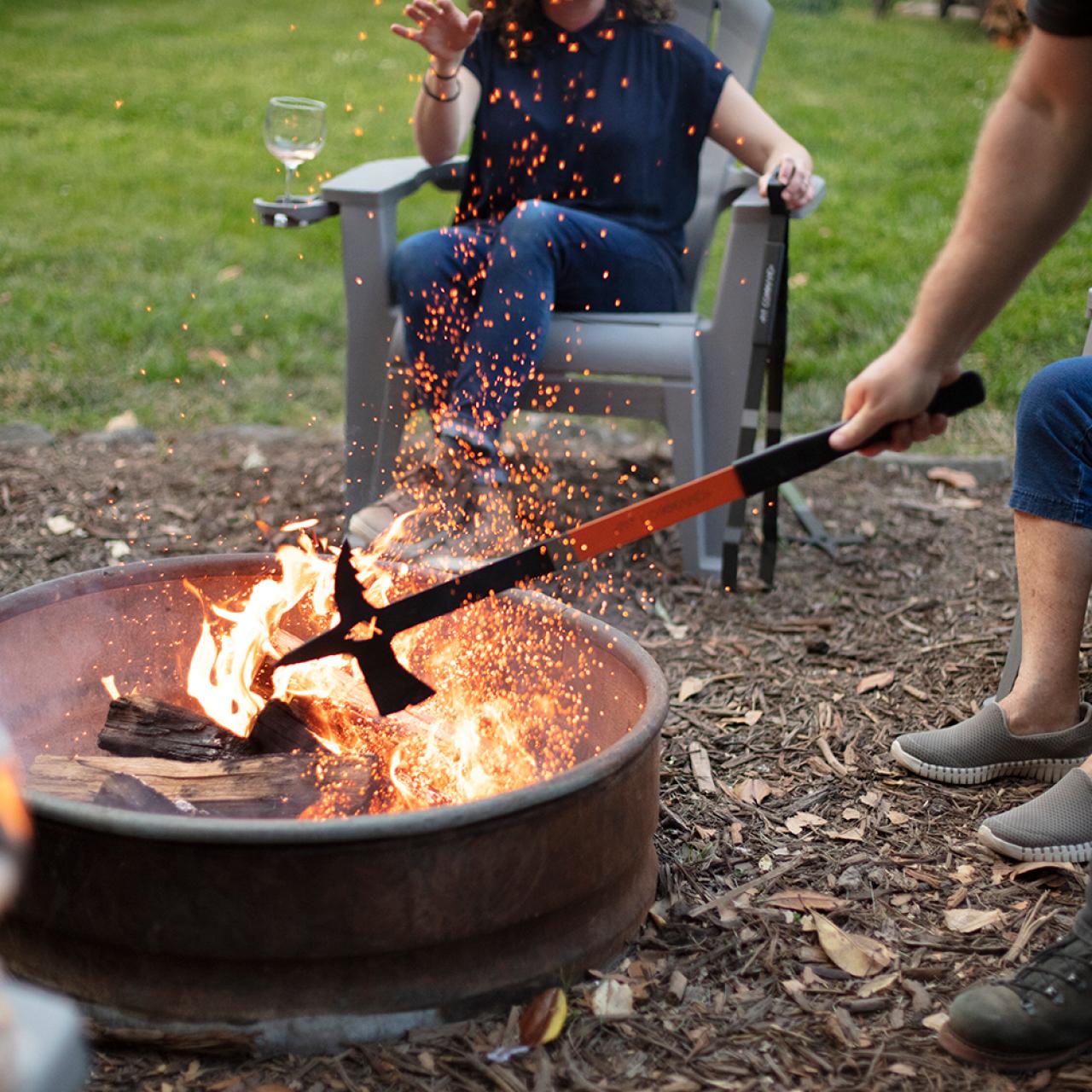
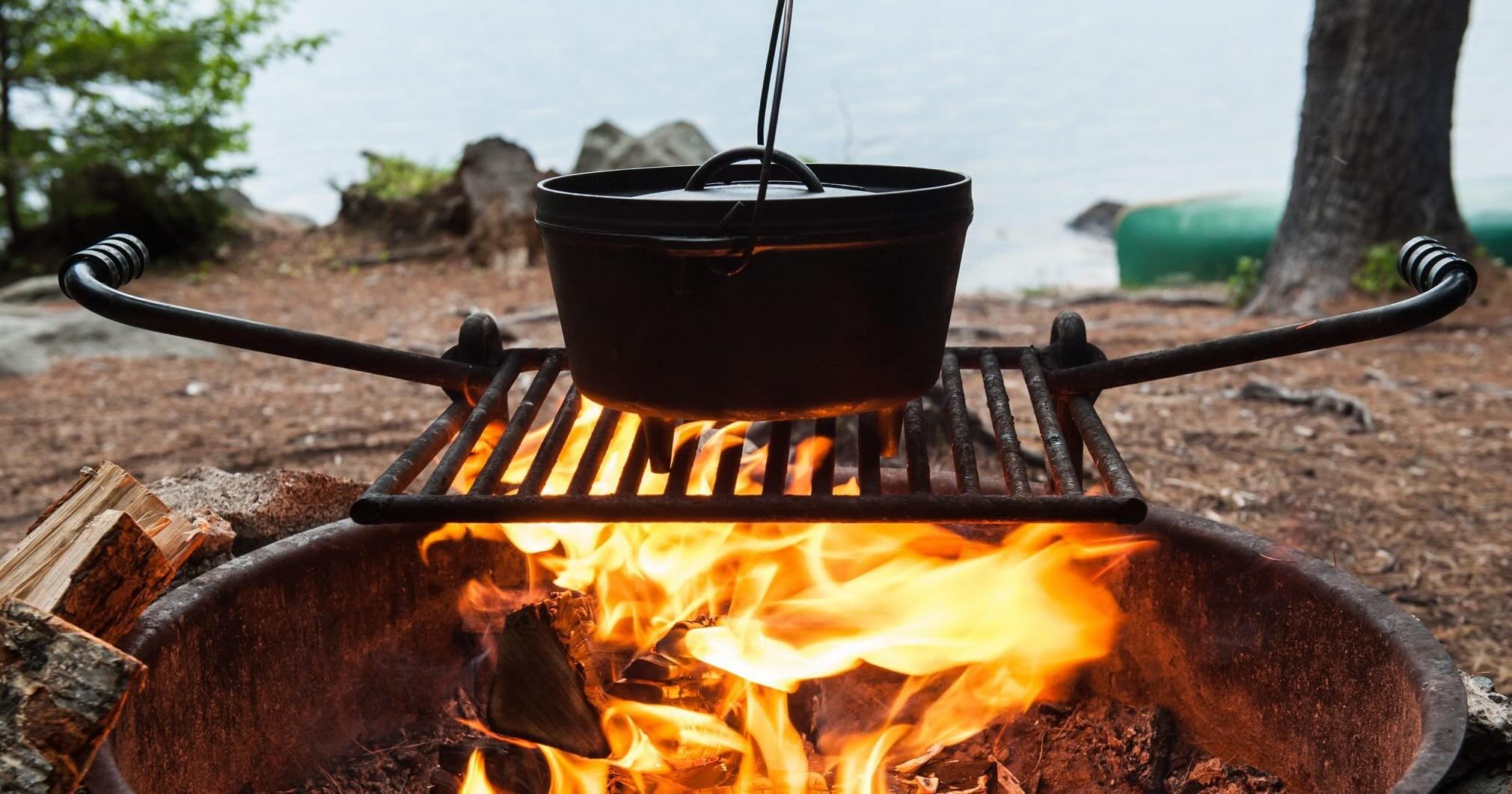
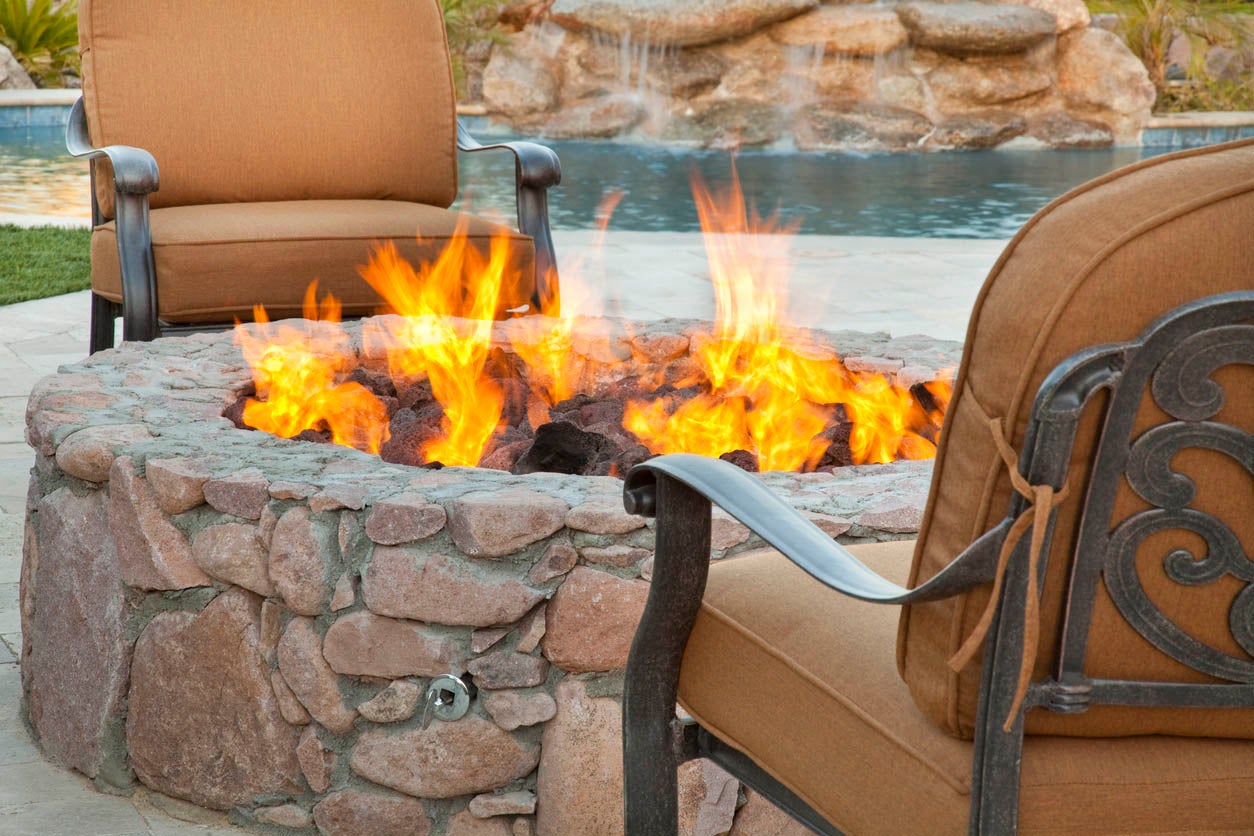
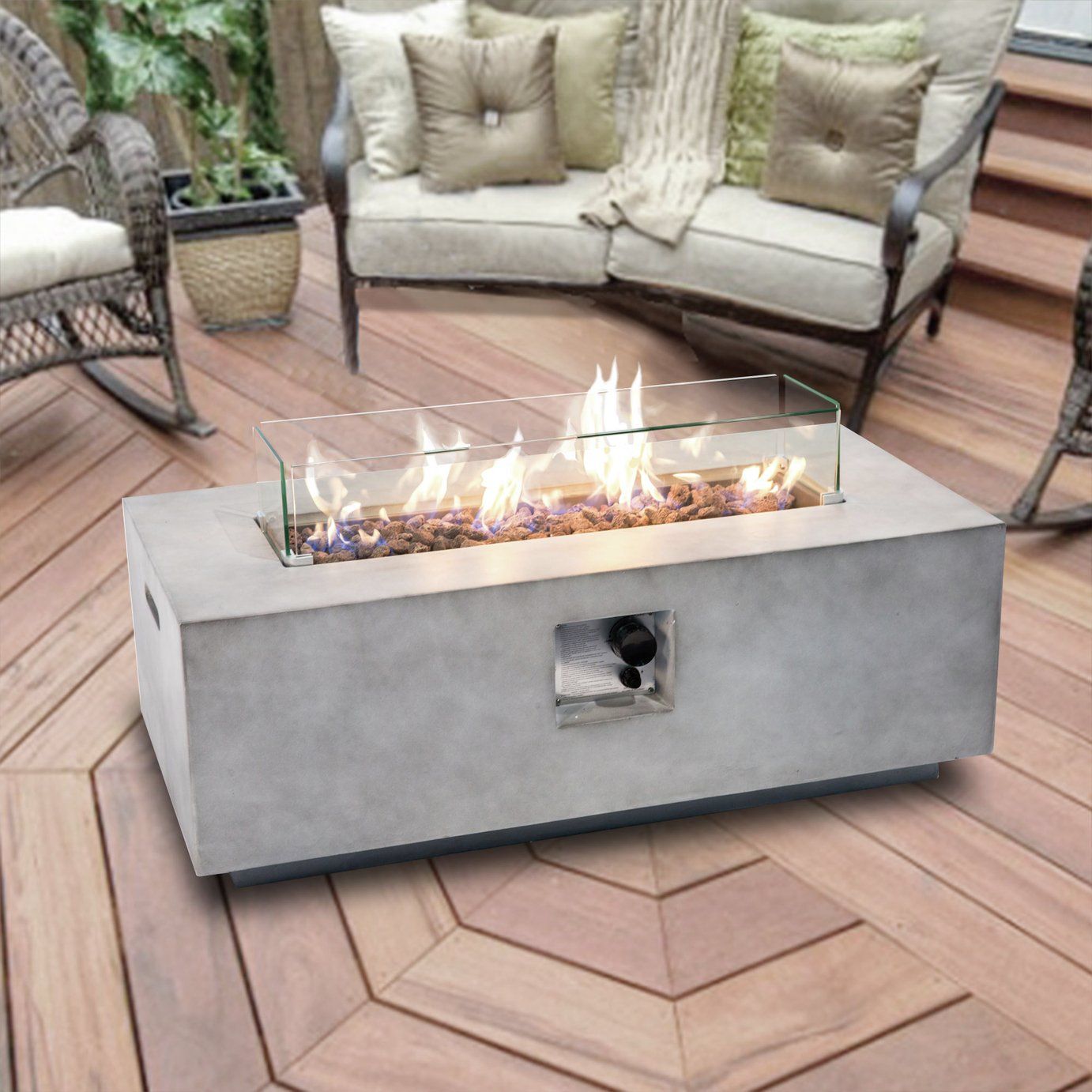
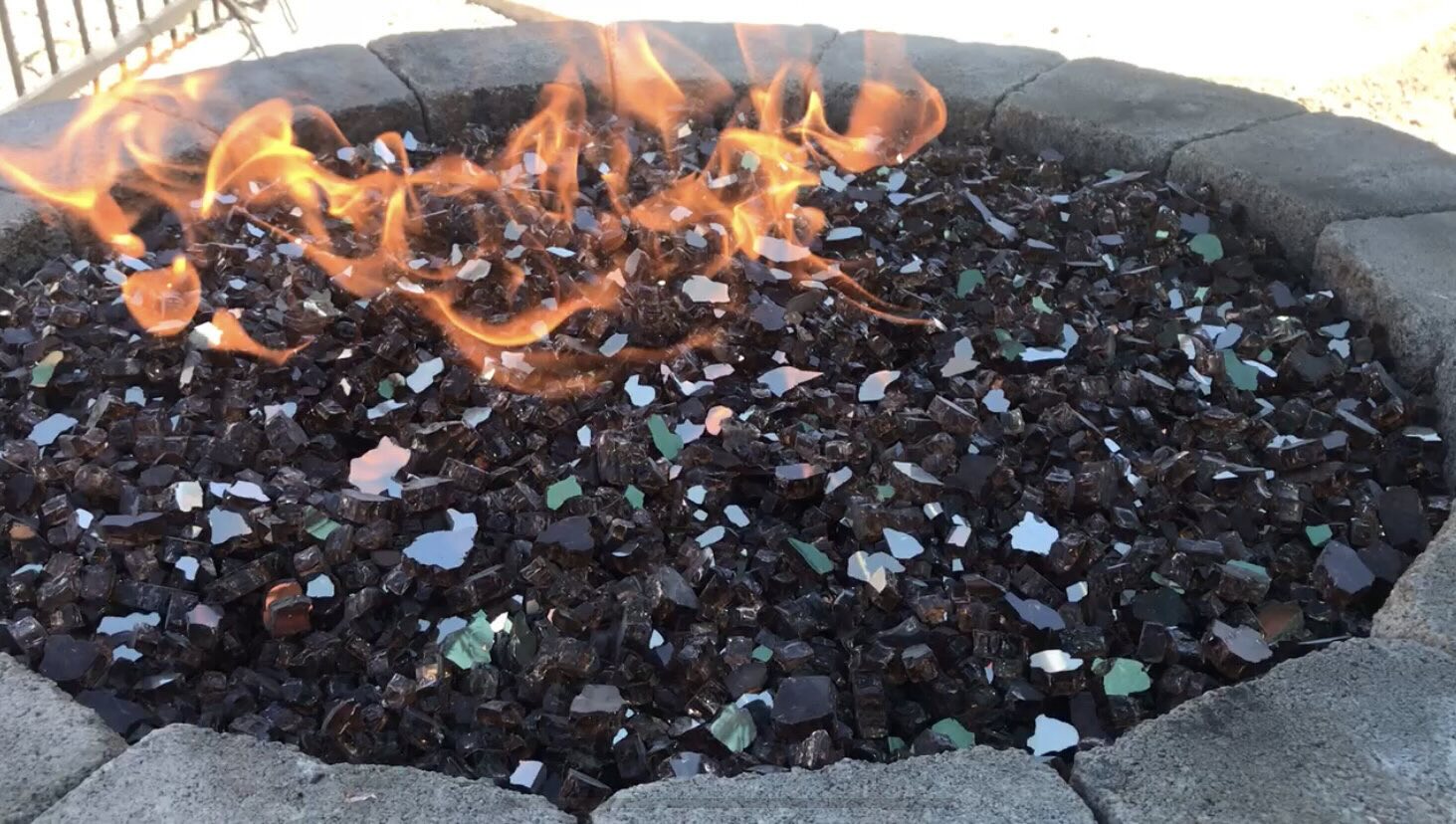
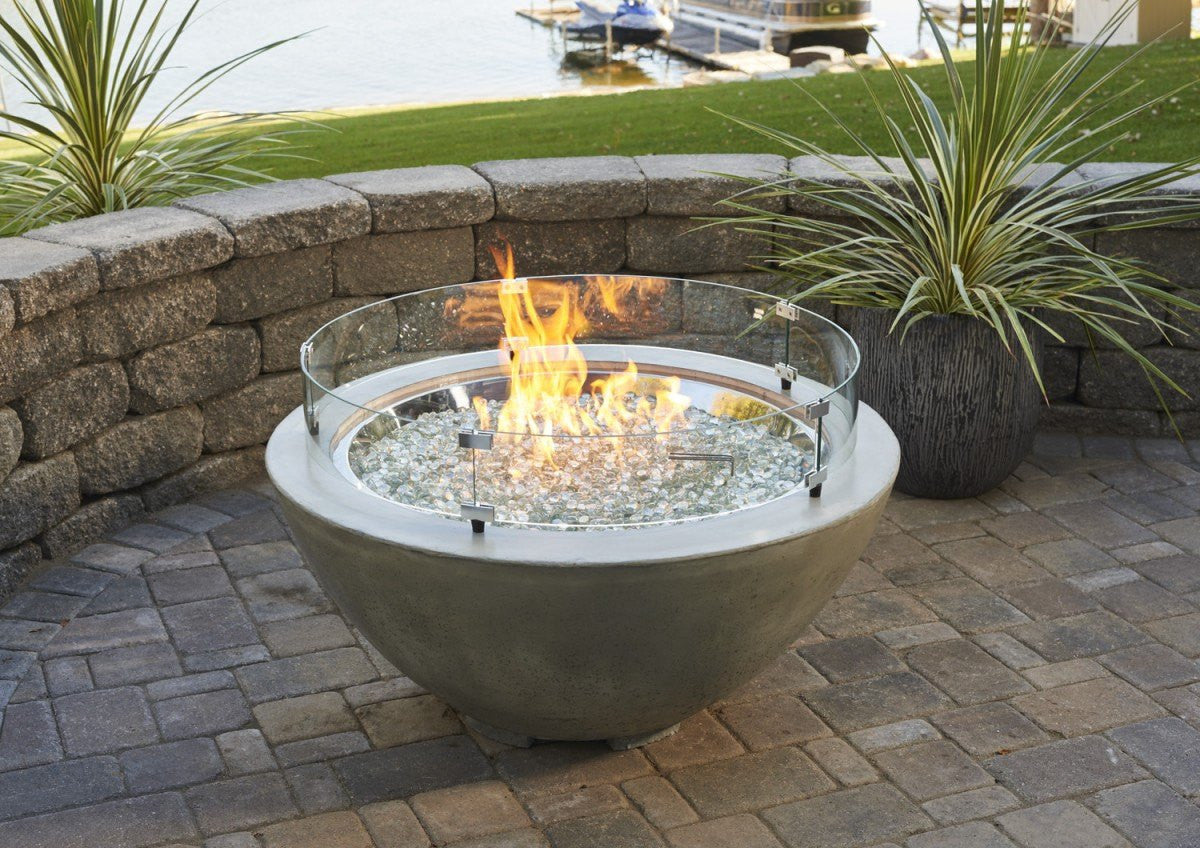
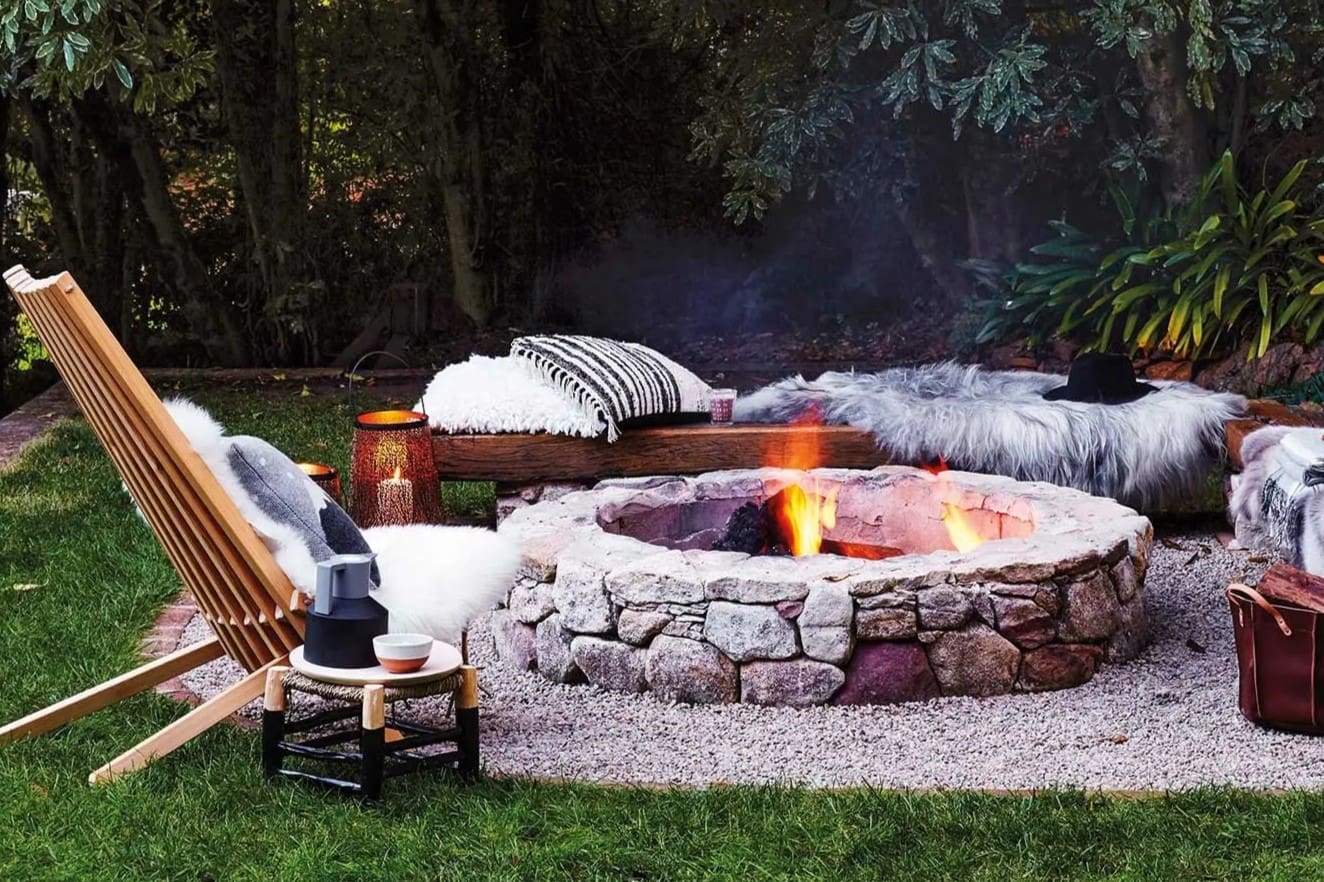
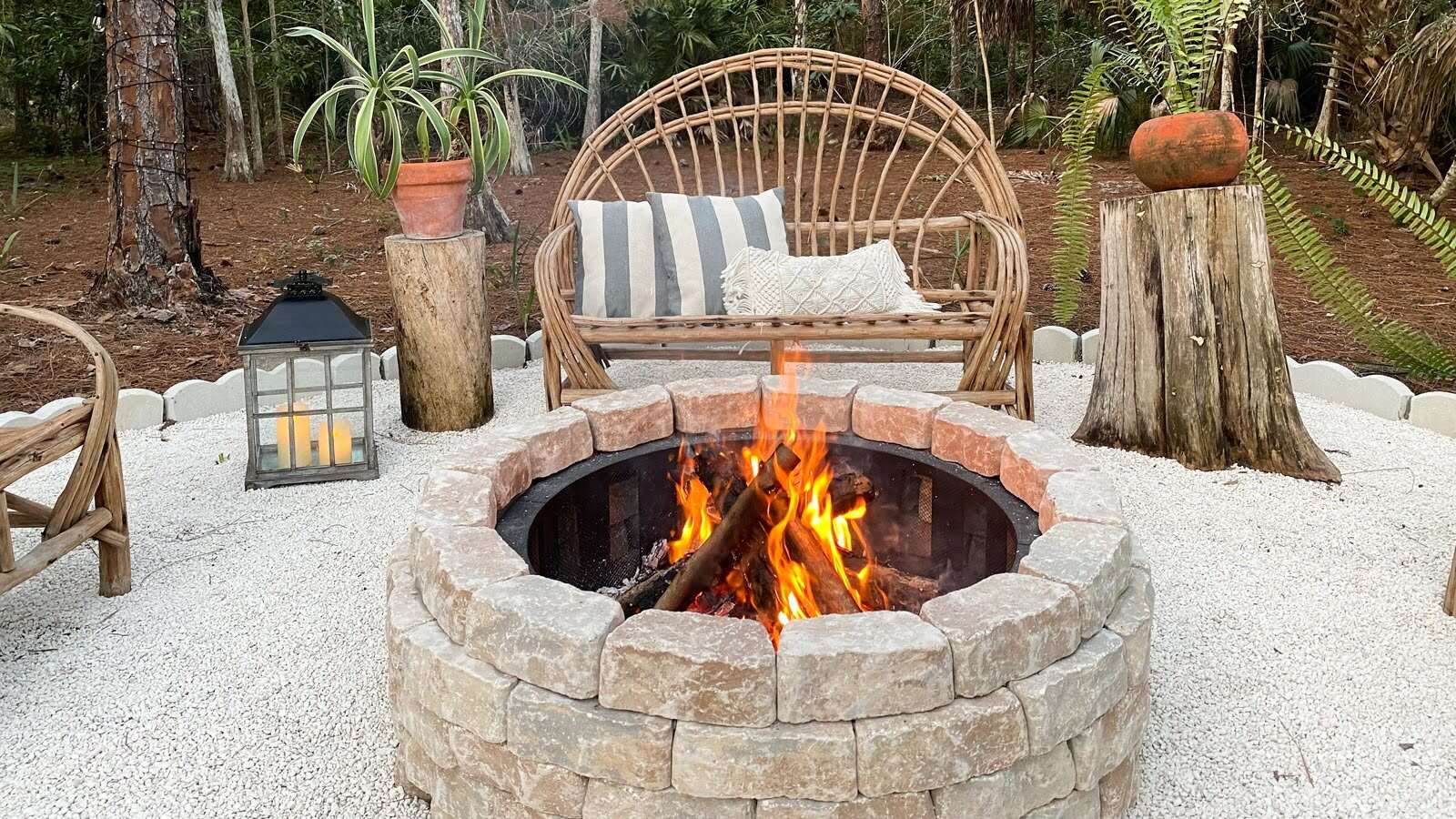
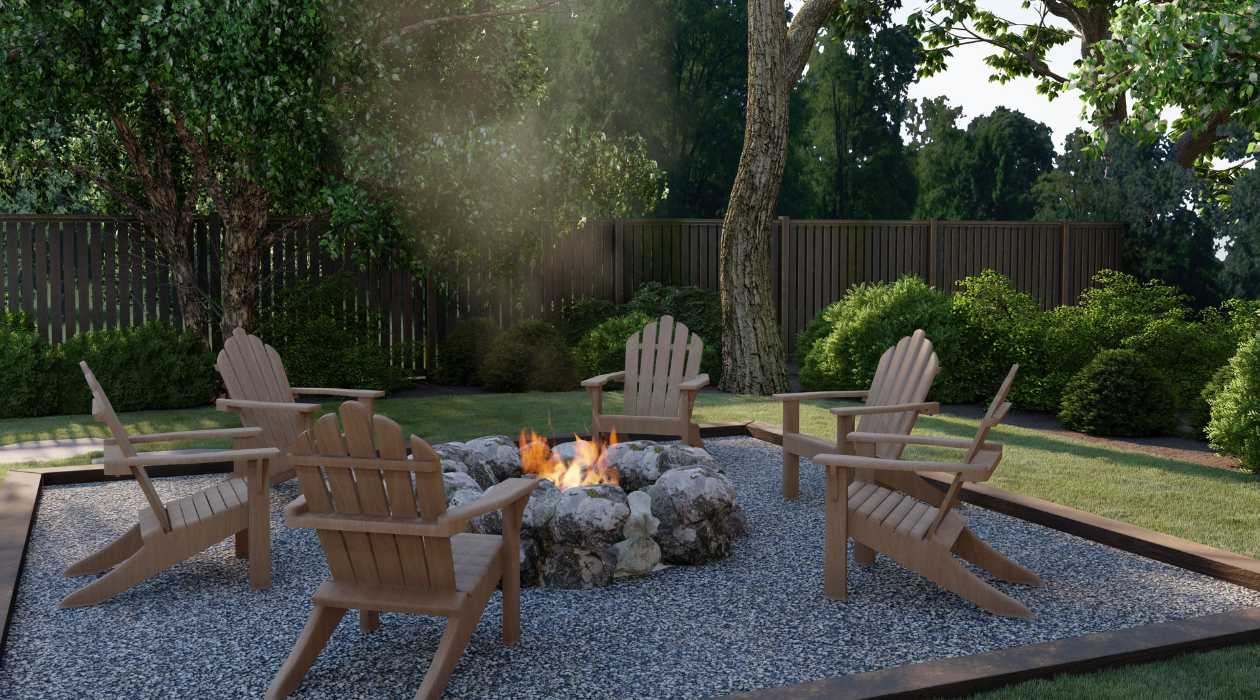
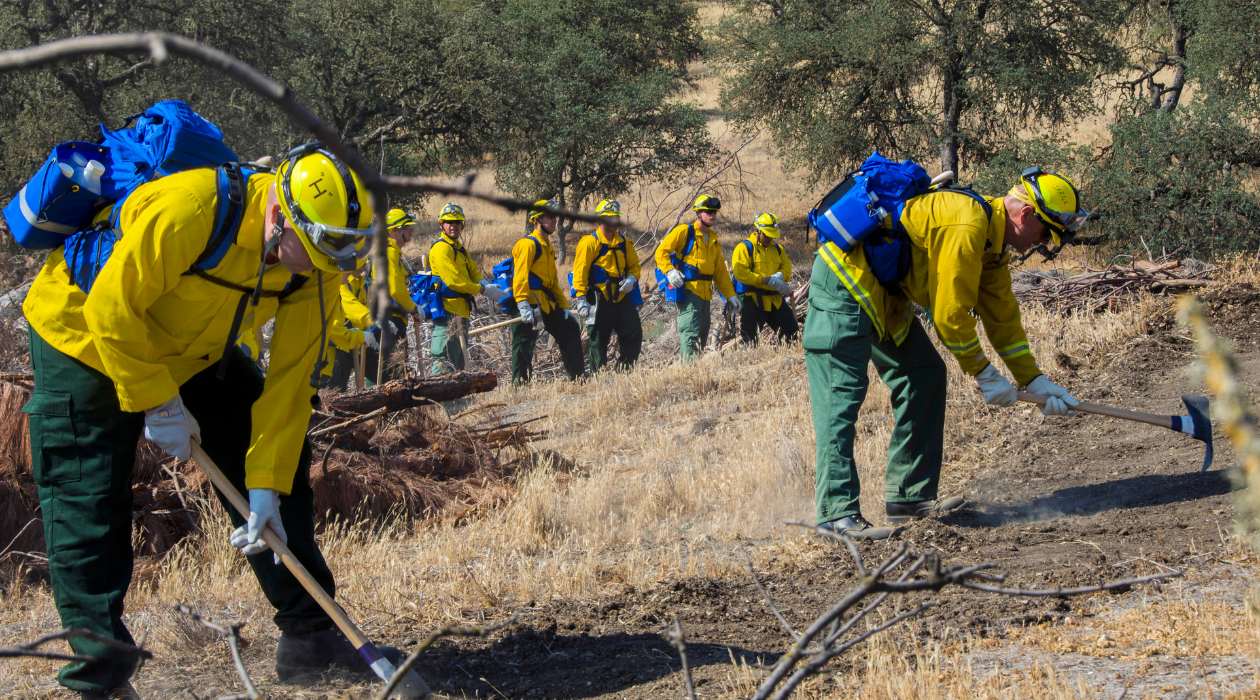

0 thoughts on “What Size Gas Line For Outdoor Fire Pit”